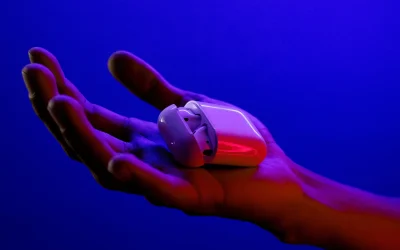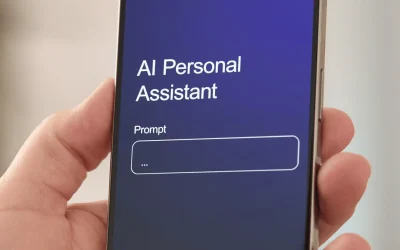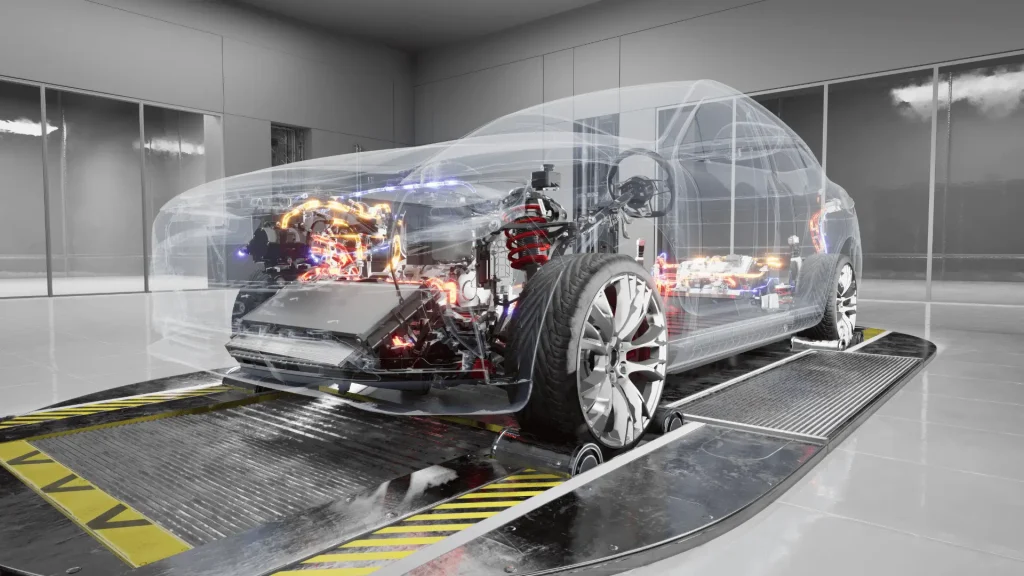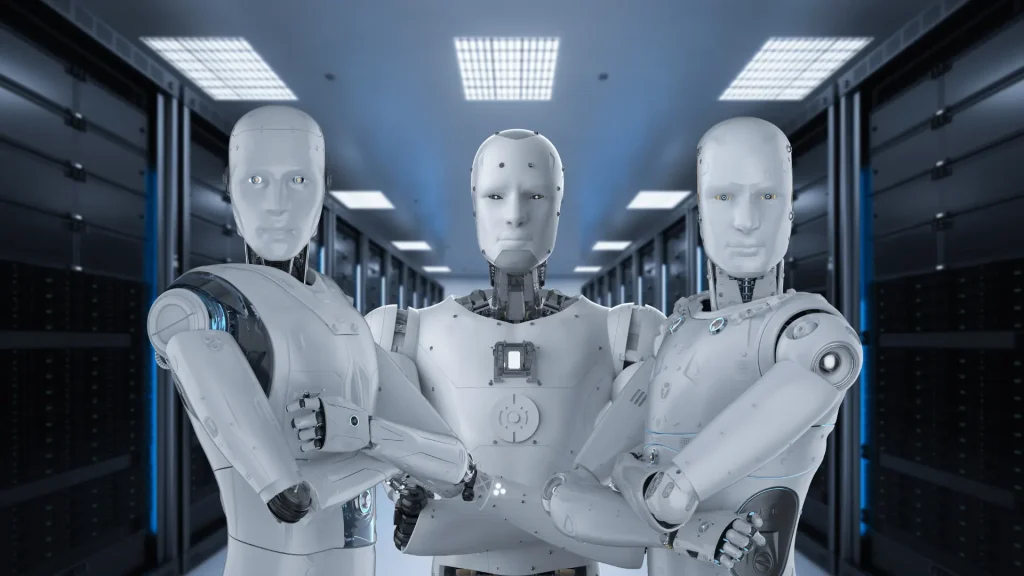The tech industry occasionally gifts us with marvels of overengineered tech products in the pursuit of innovation – devices so complex they make a Rube Goldberg machine look like a paperclip. We explore some technological triumphs that solve problems you never knew you had.
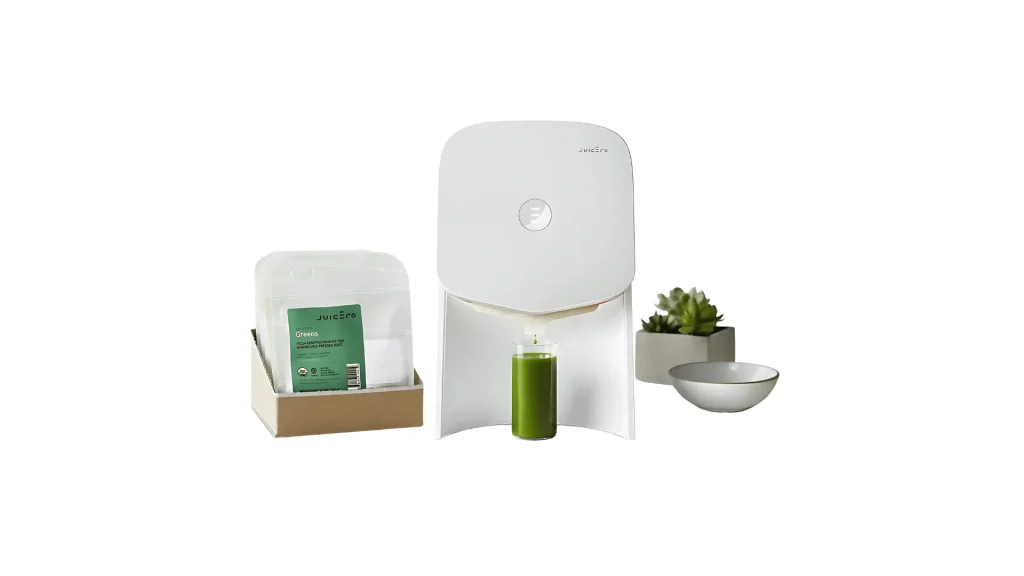
1. Juicero: The $400 Wi-Fi-Enabled Juicer
Imagine a juicer so advanced it requires a Wi-Fi connection to function – Juicero, the Silicon Valley brainchild that squeezed your wallet harder than your fruits. This marvel of modern engineering, priced at $400, pressed proprietary juice packs that could be squeezed as effectively by hand. Bloomberg News demonstrated that manual squeezing produced nearly the same amount of juice in less time, rendering the high-tech press an expensive redundancy.
2. Nike Air Pressure: Pumped-Up Kicks, Literally
In 1989, Nike introduced the Air Pressure, a sneaker equipped with an air pump system to provide customised ankle support. While the concept was innovative, the execution resulted in a bulky, complex shoe that failed to resonate with consumers, leading to its swift exit from the market.
3. Wi-Fi-Connected Toasters: Because Regular Toasting Is So Last Century
Some companies developed toasters with Wi-Fi connectivity and voice command capabilities to bring breakfast into the digital age. These devices allow users to control toast settings via smartphone apps and even receive notifications when their toast is ready. But for most people, the traditional lever and dial method remains perfectly sufficient, making these high-tech toasters a solution in search of a problem.
4. The Better Mousetrap: Robotic Rodent Removal
Taking the adage “build a better mousetrap” to heart, one inventor created a robotic mousetrap complete with sensors, solenoids, and a hand-crafted aluminium case. While it effectively catches mice, its complexity and cost far exceed traditional traps, prompting questions about its practicality.
5. Smart Water Bottles: Hydration Meets Microchips
Smart water bottles have entered the scene for those who find drinking water too analogue. Equipped with sensors and Bluetooth connectivity, these bottles track your water intake and remind you to hydrate via notifications on your phone. While it is important to stay hydrated, many manage this feat without digital assistance, making these bottles more of a novelty than a necessity.
Conclusion
These examples of overengineered tech products serve as a reminder that while technological advancement can lead to remarkable innovations, it can also result in more unnecessarily complex products. In many cases, simpler solutions are more efficient, cost-effective and user-friendly. As consumers, we should consider whether high-tech gadgets enhance our lives or add unnecessary complications.

